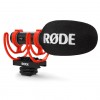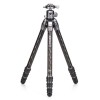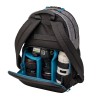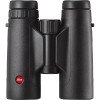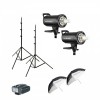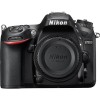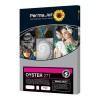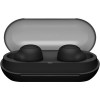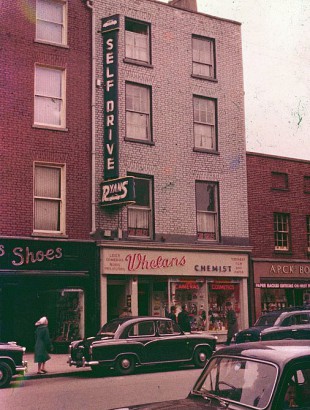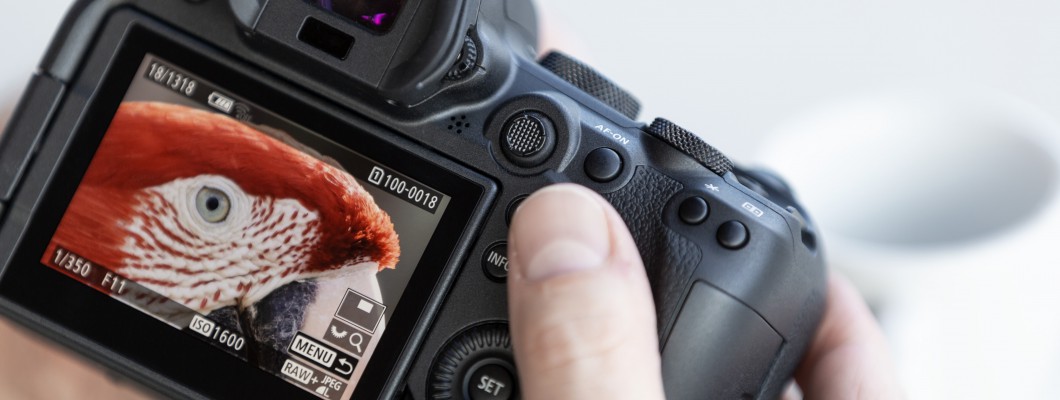
Whelan’s Basics: Shutter Speed
Shutter Speed determines how long your shutter stays open. Keeping your shutter open for longer will allow more light to hit the sensor, but the longer it stays open the more risk you have of motion blur. The less time the shutter stays open for the less blur you will have, but also less light with which to make an image.
Motion Blur is the blur that happens when your subject moves. This is one reason why your pictures may be coming out blurry.
A good rule of thumb is to use shutter speeds of 1/1000 for fast moving objects like birds and cards, 1/500 for kids and animals, 1/125 for general everyday photography, and anything below that for slower landscape and star-scape work, but remember: for slower shutters, you will need to use a tripod.
1/1000 – fast moving objects
1/125 – general photography
1/60 or less – landscapes
Like everything in photography, this is not a hard and fast rule. There are times when you will want to subvert these guidelines, but for someone who has just bought a camera, and is looking to take more control over the settings this should help you to understand your shutter speed.
Whelan’s Basics: Aperture
Aperture is essentially, how much light the lens lets in, relative to its size. So a 50mm f1.8 lets in more light than a 50mm f/5.6, which lets in more light than a 50mm f/16, etc.
The 50mm f/1.8 is a great example of a fast, but affordable, wide-aperture lens. You can use this lens for anything from street work to portraits, low light video and even some tighter landscape work: that is why this lens is known as the ‘Nifty Fifty’.
This kind of a lens, although not able to zoom, can let in a lot of light, as that 1.8 aperture can open much wider than the standard kit lens your camera may have come with. This is why I always recommend new camera users to buy a nifty fifty; it is a great first addition to any photographer’s kit.
Speaking of your kit lens, I imagine it will be something like an 18-55 f/3.5-5.6. This means that it will have an aperture of 3.5 when the zoom is at 18, and it will have an aperture of 5.6 when the zoom is at 55. This 3.5-5.6 is a much smaller aperture than 1.8, and that means it will not let in a lot of light.
The reason that a smaller number seems to let in more light is that aperture is a fraction. So f/2 is actually one half and f/8 is actually one eighth. This can really help to make aperture more understandable, as a lot of people get confused that a ‘bigger number’ makes a smaller aperture, but now you know it’s a fraction so that f/16 is really one sixteenth – which is tiny!
Not only does that narrow aperture make it harder to shoot something in a low light situation, but it also makes your whole scene very sharp. An aperture of 1.8 however will give you that lovely background blur which looks so good for portraits.
So if you are looking to do some portrait work, make sure to get a nice wide aperture lens – that is, f1.8 or f/2 or f/2.8.
Whelan’s Basics: ISO
ISO, basically, is artificial light. As you increase your ISO, you increase your sensor’s sensitivity to the light that hits it. This can mean you are able to produce a better image in a low-light situation. However – the more you increase you ISO the more noise you introduce.
Noise is when your photo looks hazy or fuzzy, and the colours and sharpness aren’t as defined. This happens because your camera isn’t able to distinguish between the subtleties of light, because you’ve pushed your ISO too high. To get a cleaner image, you would need to lower your ISO – but in a situation where it is too dark, you would also then need to either let in more light through your shutter, your aperture, or get a flash light involved!
It used to be that you couldn’t push your ISO much higher than 400 or 800, but nowadays cameras are capable of some really high ISOs like 3200 or 6400 without really impacting the overall quality of the image. That said, you should always try to lower your ISO if you can, as you will see the difference if you ever print your work.
Whelan’s Basics: White Balance
The last thing we’ll look at is White Balance. This is a simple tool used to, well, balance your whites! Because the camera doesn’t know which colour is white, you have to help it. Now for the most part, if you shoot in Raw and you use Auto WB, you’ll be ok. But if you shoot in Jpeg, or you do any video work, you’ll want to set you White Balance first.
Usually, the pre-set modes are pretty good, so if you’re shooting in a sunny day or an incandescent room, your camera can compensate for that. But you may want to be more specific than that, in this case you can go into your Kelvin Scale, and tell it exactly what colour you want your image to be.
At 3000 Kelvin, you’ll offset your reds by adding a lot of blue, and at 13000 Kelvin you’ll offset your blues by adding a lot of red. Keep adjusting your White Balance until a sheet of white paper looks white – this is the easiest way to balance you whites!
That’s everything you need to know in order to take a photo. Shutter Speed s how you capture motion; aperture is how blurry or sharp your background is; ISO is how clean or noisy your mage is; and white balance is all about getting the right colour for the scene.
Now get out there and shoot some photos!

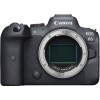
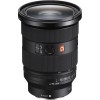
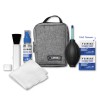
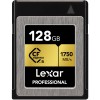
-100x100.jpg)
-100x100.jpg)
